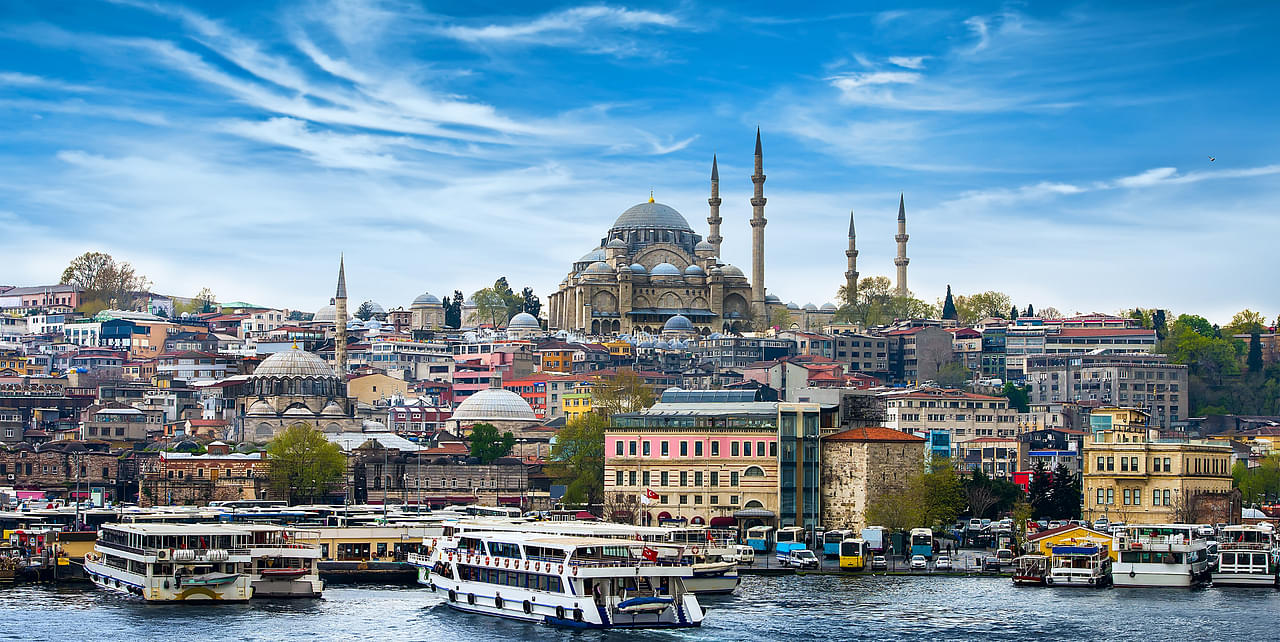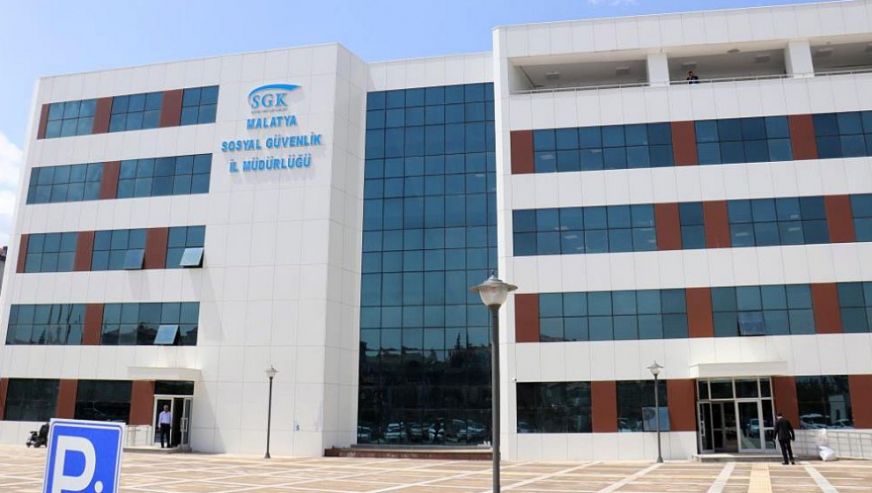Situated at the crossroads of Europe and Asia, the Republic of Turkey boasts a unique geographical position that has shaped its history, culture, and economic significance. Bordered by Greece and Bulgaria in Europe and sharing its eastern borders with Syria, Iraq, Iran, Azerbaijan, Armenia, and Georgia in Asia, Turkey bridges two continents in a truly remarkable way. This article provides an overview of Turkey’s geography and its substantial population, offering insights into its significance on both regional and global scales.
Geographical Landscape
Turkey’s geography is characterized by its strategic location, as it is surrounded by seas on three sides. To the north, the Black Sea forms a natural boundary that connects Turkey with Southeastern Europe, Russia, and the Caucasus region. This proximity to the Black Sea has facilitated trade and cultural exchange throughout history.
To the west, the Aegean Sea provides Turkey with another maritime border, connecting it to Europe through channels and waterways. This region is known for its picturesque coastline, dotted with islands and ancient ruins, making it a popular destination for tourists.
In the south, the Mediterranean Sea frames Turkey’s coastline, forging links with the Middle East and North Africa. The Mediterranean region is renowned for its warm climate, stunning beaches, and rich historical heritage.
Strategic Trade Hub
Turkey’s geographical position at the confluence of Europe and Asia has endowed it with a significant role in international trade. Istanbul, the country’s largest city, is a major regional air hub, connecting passengers within a four-hour flight radius to capital cities across Europe, Western and Central Asia, the Middle East, and Africa. This strategic advantage has made Turkey a pivotal player in global logistics and commerce.
International Alliances
Turkey is an active member of various international organizations, enhancing its diplomatic and economic influence. It is a member of the Organization for Economic Co-operation and Development (OECD), the World Trade Organization (WTO), and the North Atlantic Treaty Organization (NATO). Moreover, Turkey has sought European Union (EU) accession since 2005, reflecting its commitment to fostering closer ties with Europe.
Demographic Landscape
Turkey is home to a substantial and diverse population, ranking as the second-largest in Europe. As of 2021, according to the Turkish Statistical Institute (TURKSTAT), the population of Turkey stands at approximately 84.6 million people. This demographic strength positions Turkey as a significant player in regional politics and economics.
A noteworthy aspect of Turkey’s population is its age distribution. Nearly three-quarters of its residents fall within the age group of 15 to 64, signifying a youthful demographic profile. The median age in Turkey is 33.1 years, which is notably lower than that of the European Union, demonstrating the country’s potential for a dynamic and productive workforce.
In conclusion, Turkey’s geographical location at the crossroads of Europe and Asia has shaped its history, culture, and economic significance. Its proximity to multiple seas and status as a major trade hub have solidified its role in regional and global affairs. Additionally, its substantial and youthful population positions Turkey as a dynamic player on the international stage, with potential for continued growth and development in various sectors.








Comments are closed